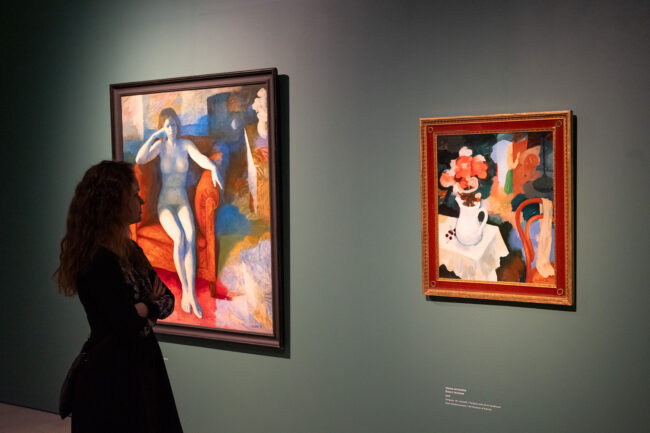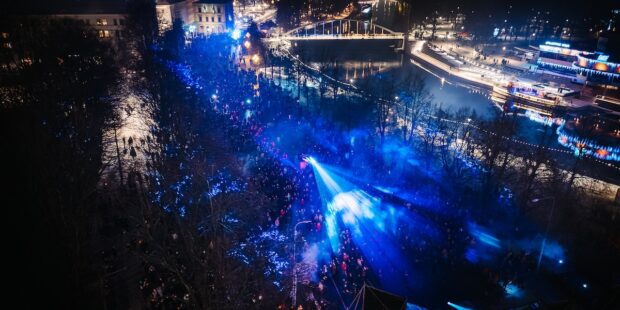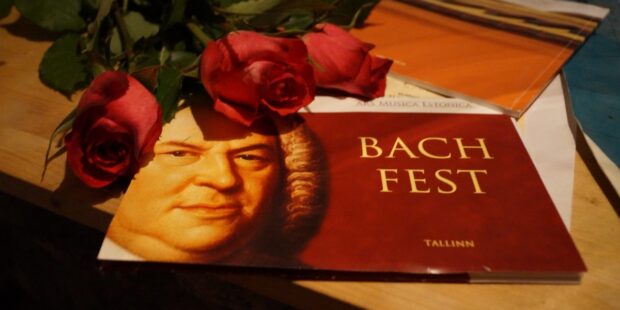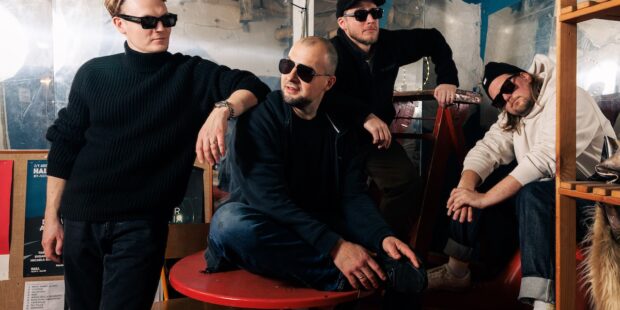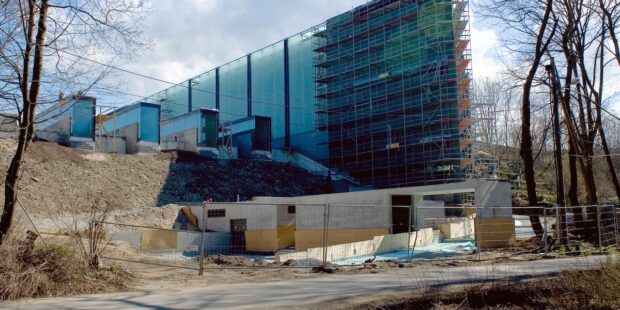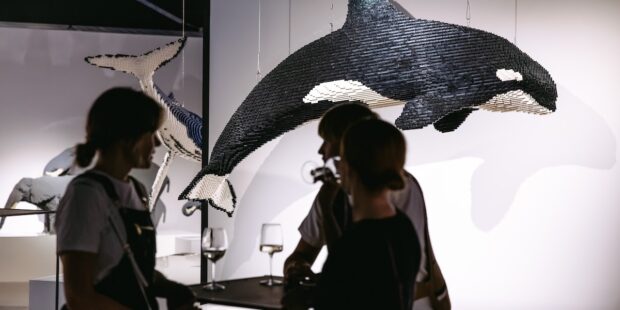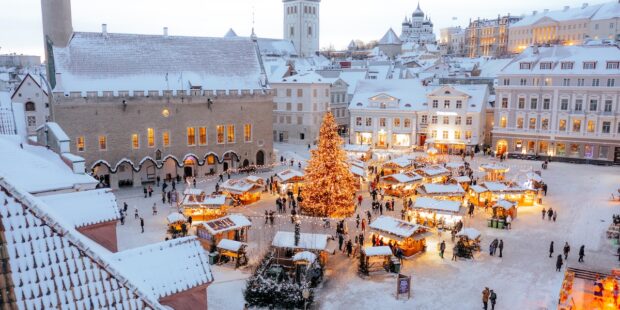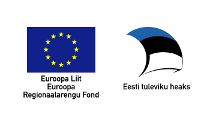Olev Subbi’s anniversary exhibition opened in Tartu
Text Susanna Poikela Photos Arp Karm / ERM, Meeli Küttim
In March, the Estonian National Museum (ERM) opened a retrospective exhibition titled “Olev Subbi: Striving for Perfection” to celebrate the 95th birthday of Estonian painter Olev Subbi. The exhibition features over 80 of his most significant works, and will be open from 22 March to 12 October 2025.
Olev Subbi (1930–2013) was a prominent Estonian painter whose output spanned more than half a century. He was born in Tartu and spent his childhood summers in southern Estonia, which left a lasting mark on his art.
During World War II, Subbi lost his father and brother, and his sister fled to Canada. In 1947, he began studying at the Tallinn Art Institute, but was soon deported to Siberia, from where he did not return until 1957.
After this, Subbi continued his studies, first focusing on sculpture, and then painting. Subbi held his first solo exhibition in 1966, and in the 1970s and 1980s he rose to become one of the most respected artists in Estonia. His works have also been exhibited abroad.
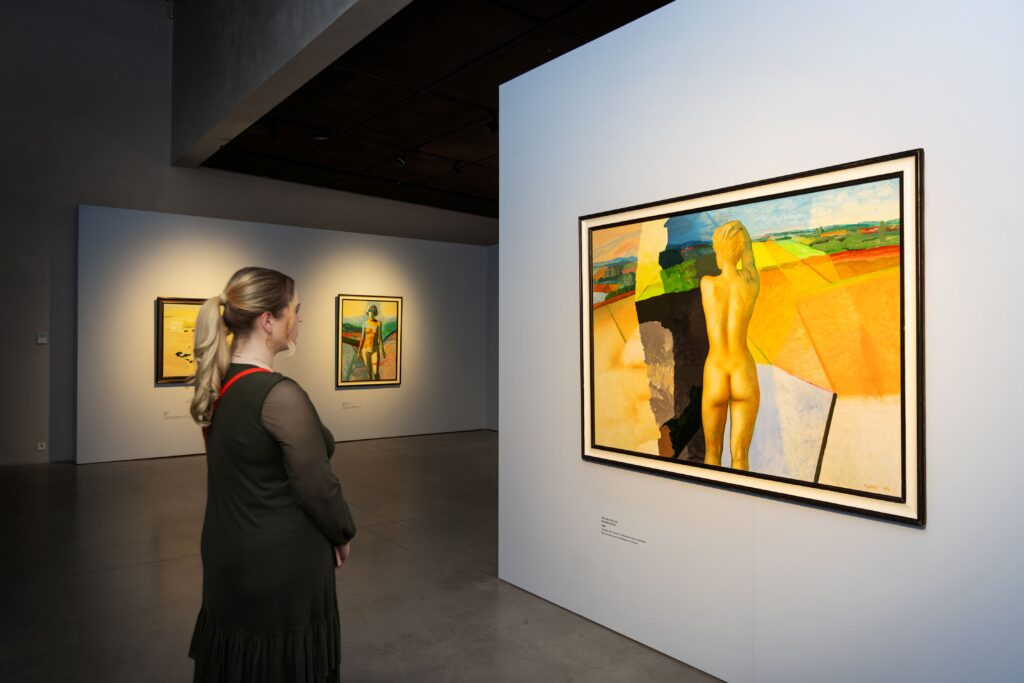
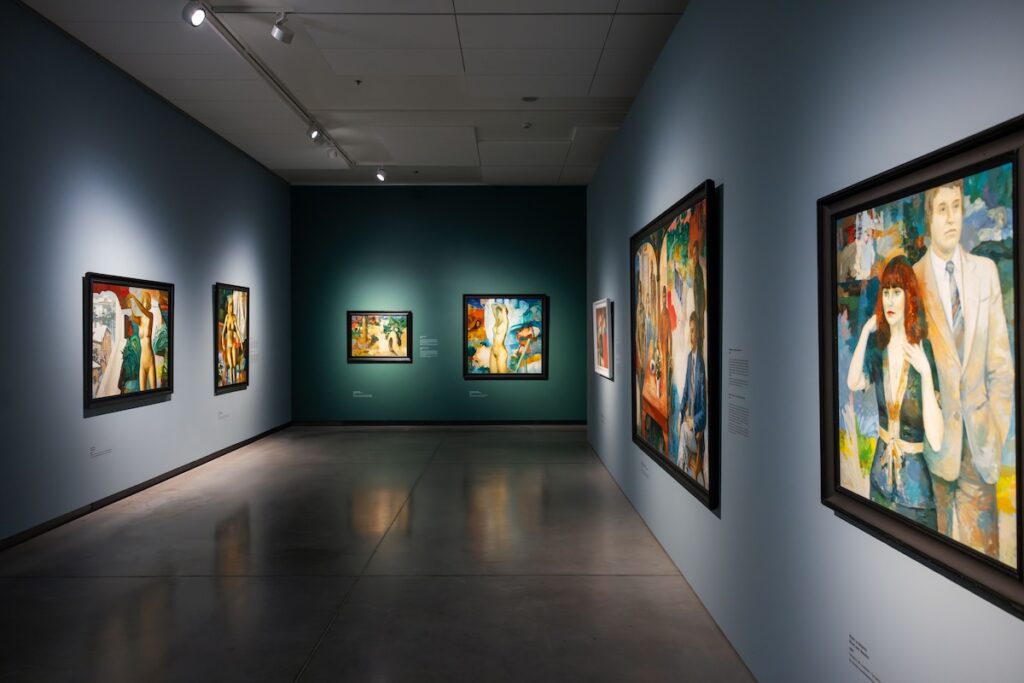
Master of French Impressionism and Southern Estonian landscapes
Subbi’s art is known for its layered painting technique, vibrant colours, and pursuit of timeless beauty. His inspiration came from, among other things, French Impressionism and childhood memories in Southern Estonia.
“It has been said about Olev Subbi’s art that every square centimeter of his painting is perfect. The time in which he lived was far from perfect, as the artist had to give up a lot if he wanted to act as a free artist. And yet he became a star of the exhibition halls, charming his viewers with his layered painting style, his liveliness, and the play of colours, which reflects the search for timeless beauty and harmony,” describes the exhibition’s curator, Eero Epner.
At the opening of the exhibition, Laura Kipper, Director of Development at the Estonian National Museum, emphasises that Subbi’s art cannot be separated from his life:
“Our historical experience has been framed by both forgetting and remembering. The same is also visible in Olev Subbi’s art. In his life story, we recognise the stories of our own family. None of us were spared the crises of the last century. This is a common ground with the Estonian National Museum. Our task is also to describe and study culture through memory.”
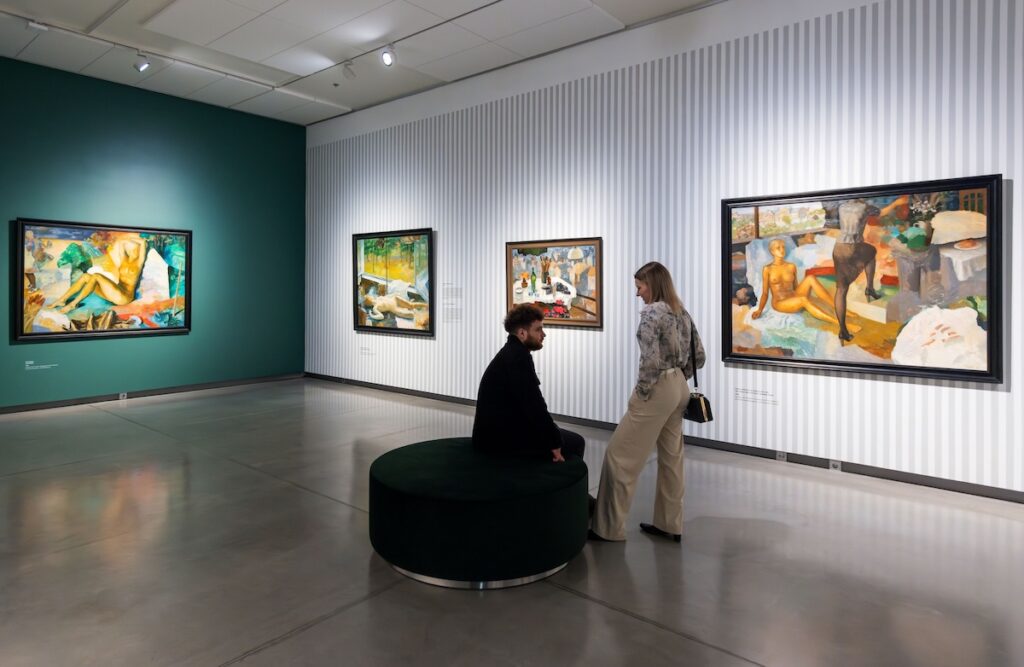
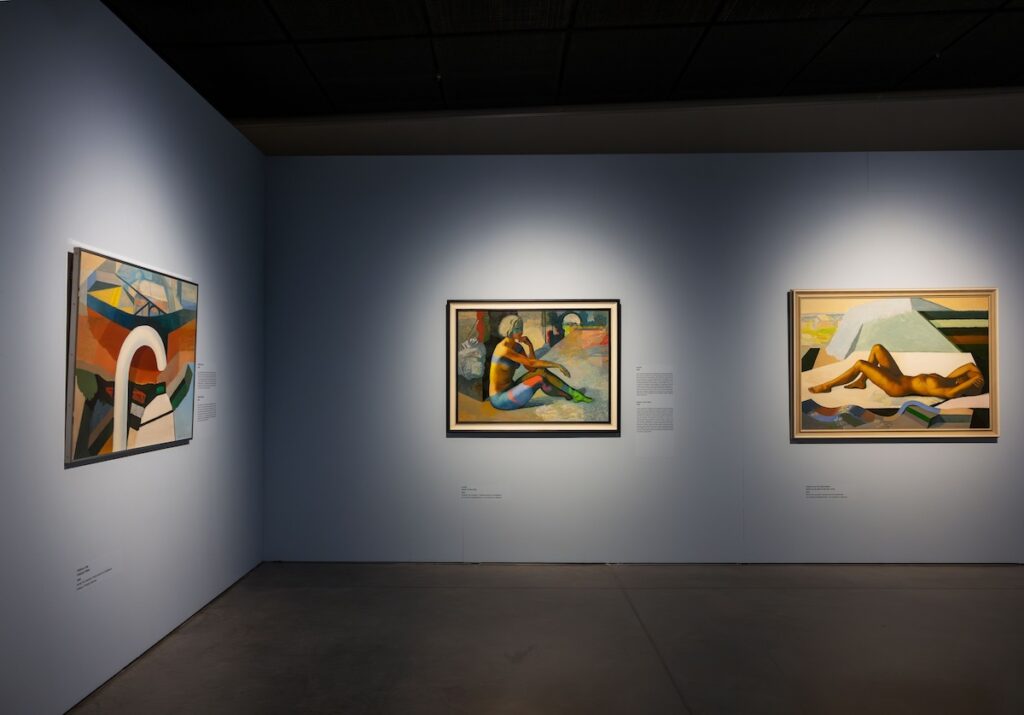
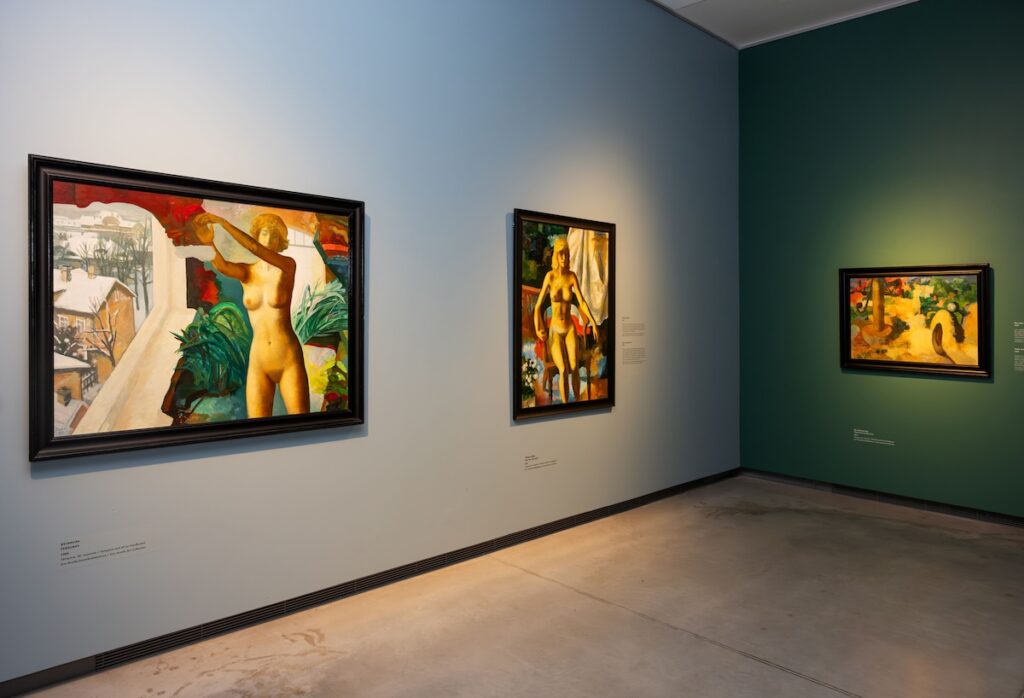
To learn more about this and similar topicsArt Art Exhibitions ERM Exhibitions Exhibitions in Tartu Olev Subbi Painter

